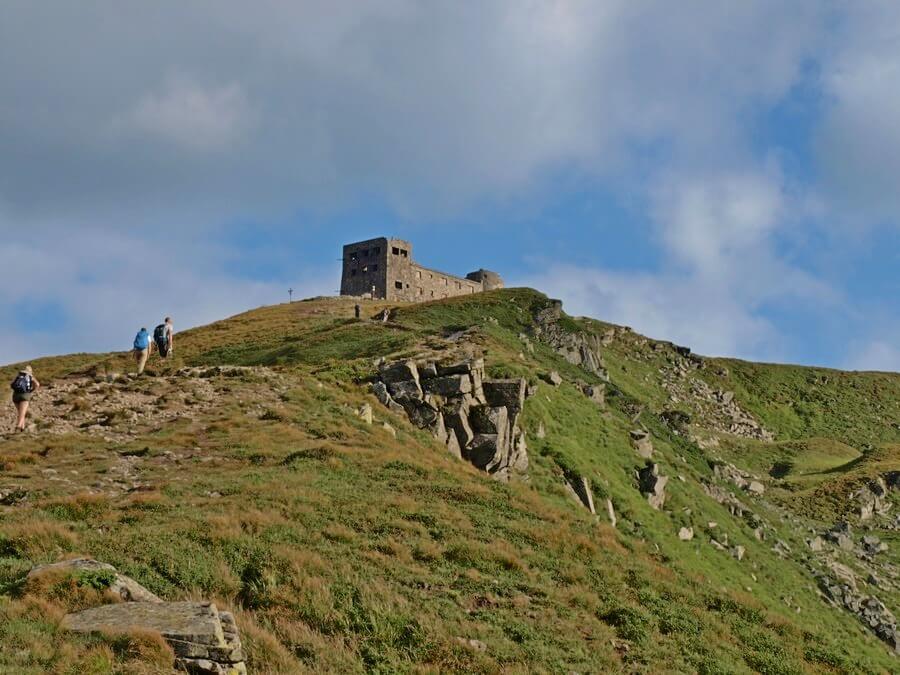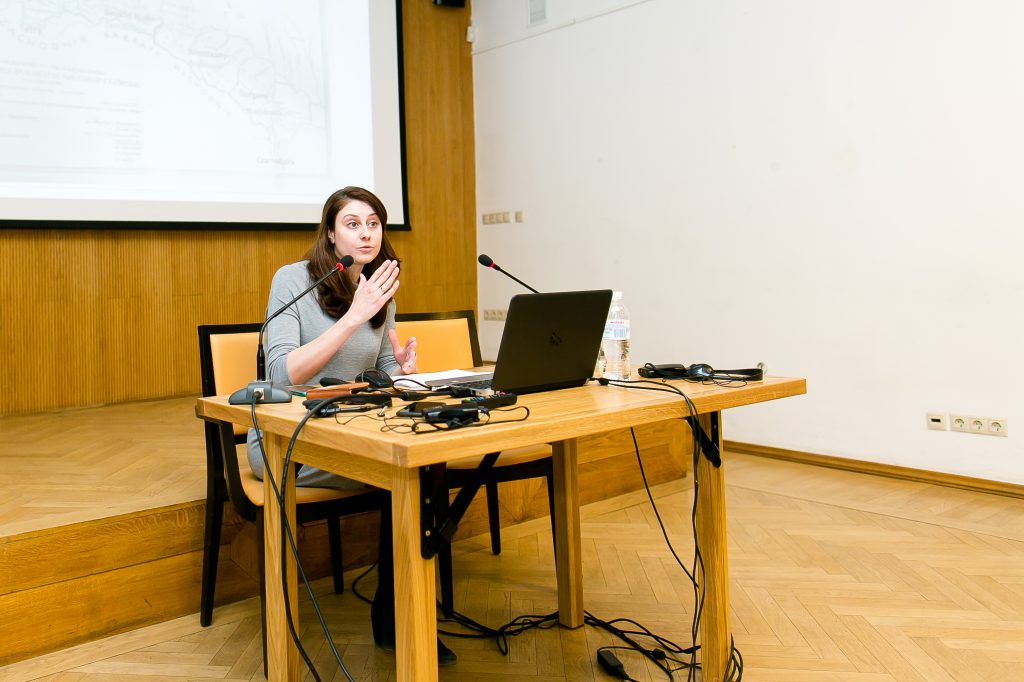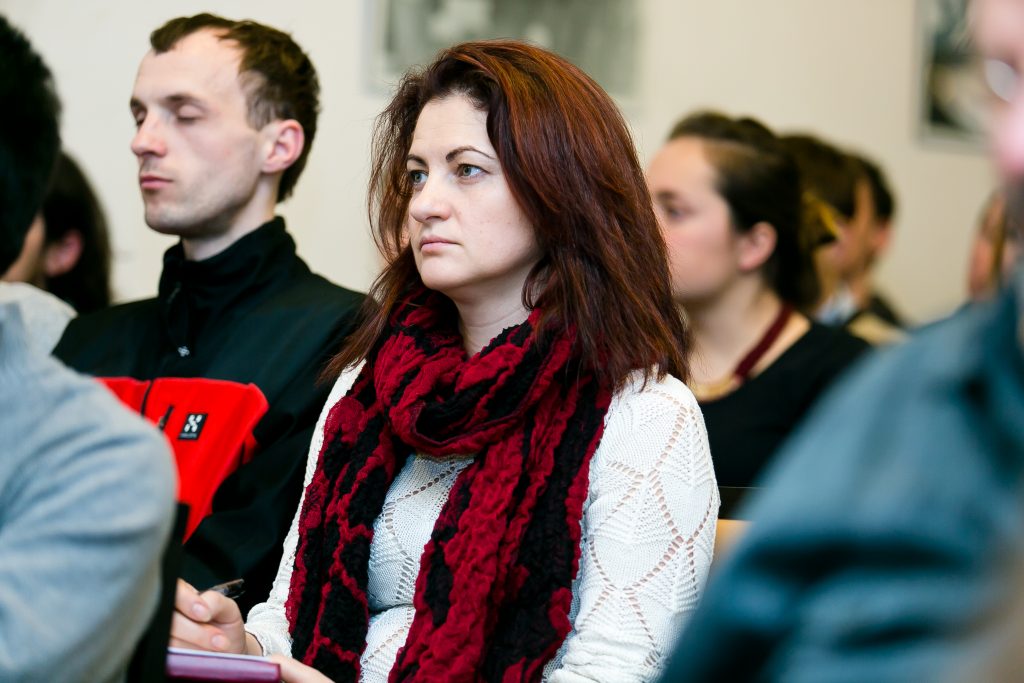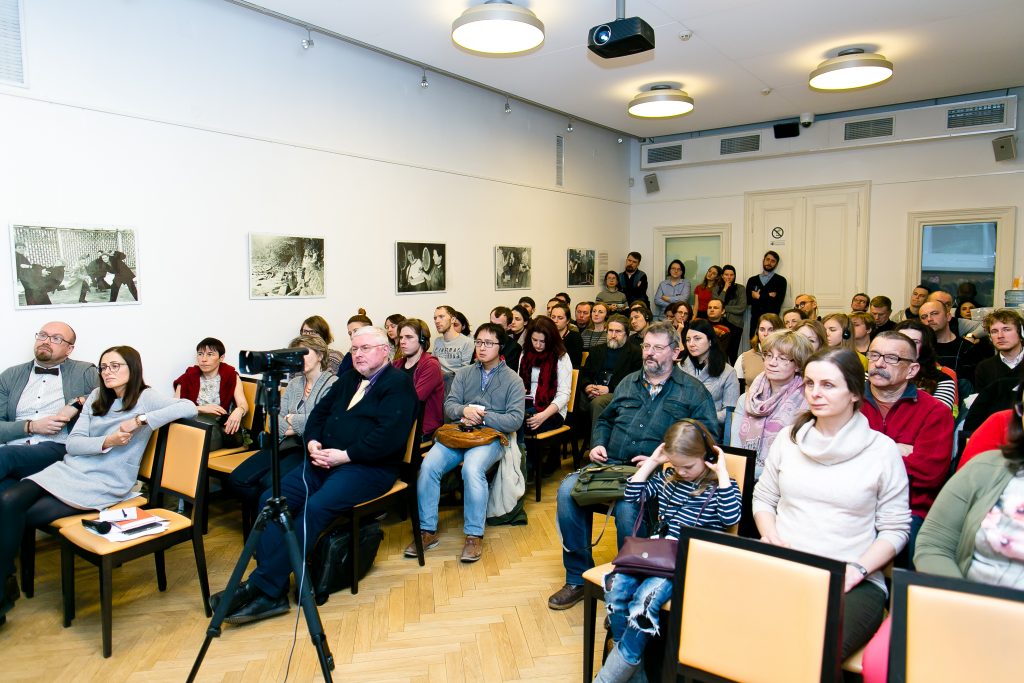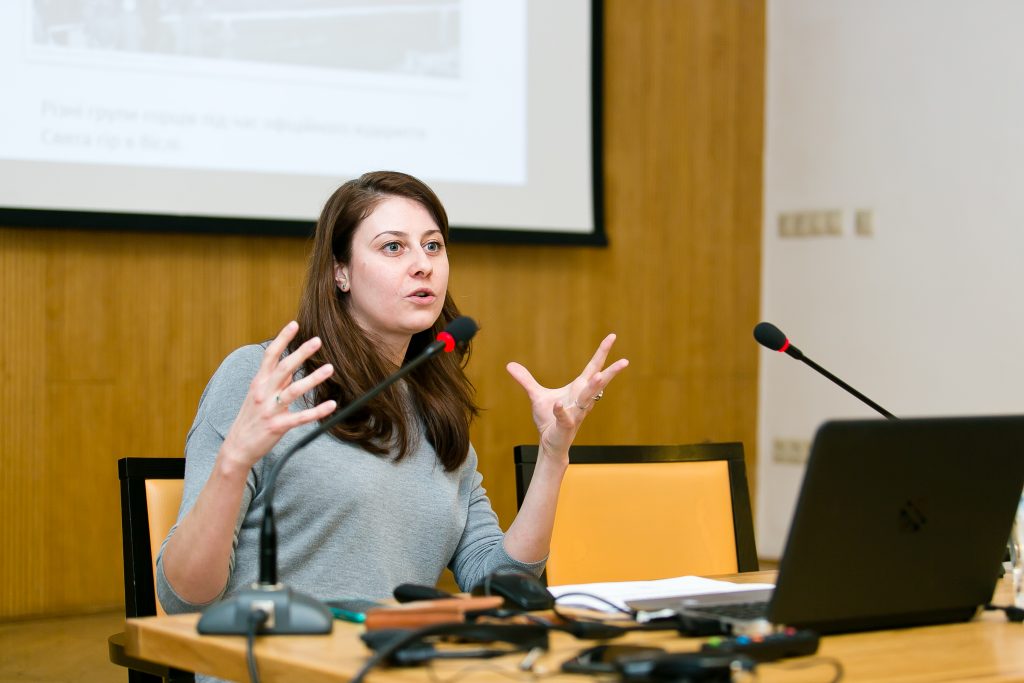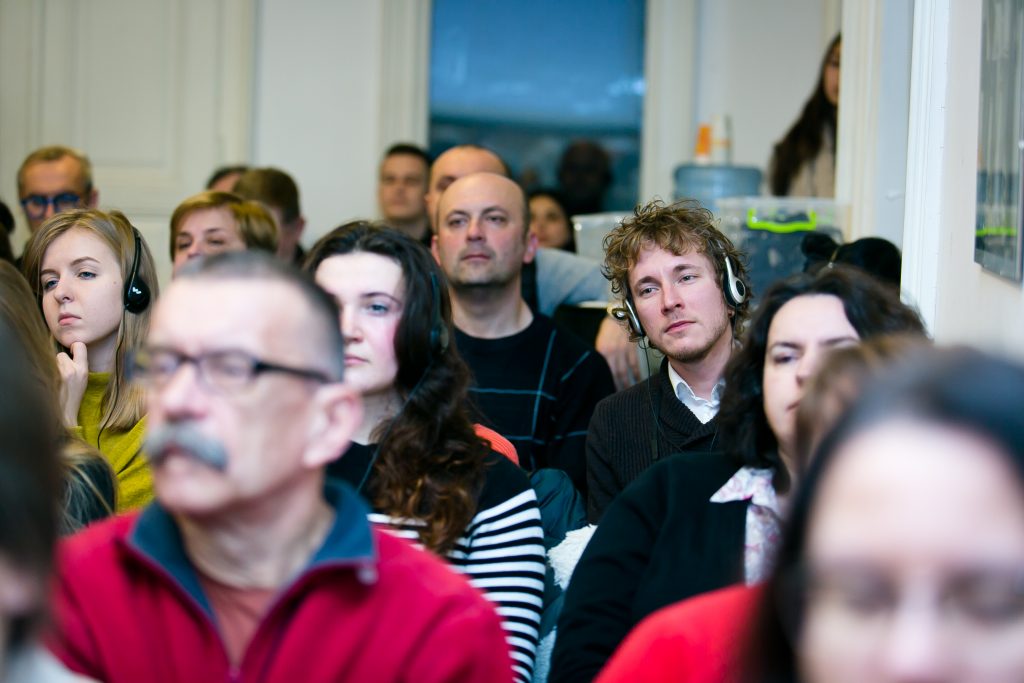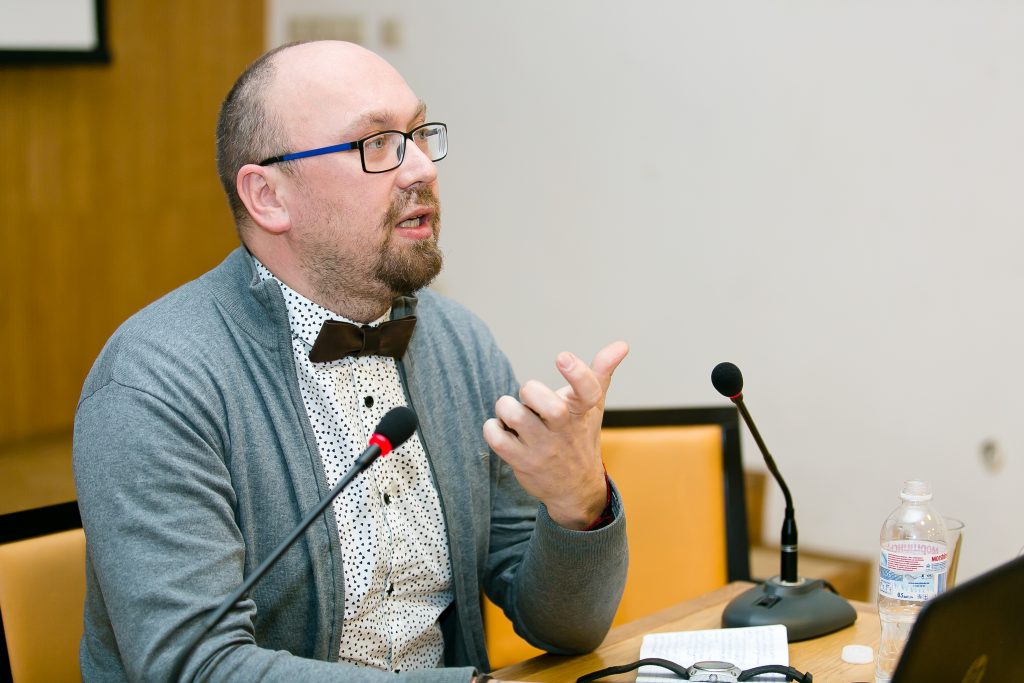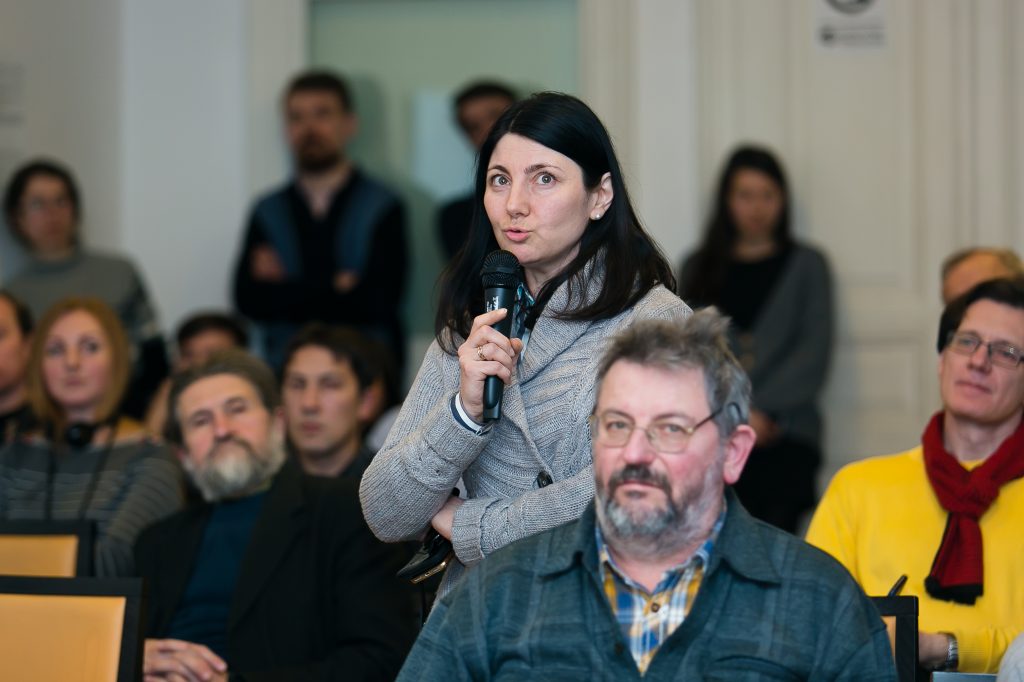Landscape Creation and Transformation: on Symbolic Appropriation of the Carpathians
Dr. Jagoda Wierzejska, Bohdan Shumylovych
February 1, 2018 / 6.30 pm
Center for Urban History, Lviv
After the Polish-Ukrainian war (1918-1919), some part of the Carpathians was allotted to the Second Polish Republic, while after 1939, the territory (including the annexed areas of Czechoslovakia) were included into the Ukrainian SSR. The lecture will present different ways to ideologize East Carpathians in the interwar Poland and in Soviet Ukraine of the 1960s.
Unlike the Tatra Mountains that functioned as a national landscape for the Russian Poland, East Carpathians were most receptive to the impact of Ukrainian national movement. Polish authorities of the 1920/30s and the organized tourism invested much effort into transformation of Carpathians into the "home-like landscape." This space being near and clear but also not the center of national identification of Poles, fit the image of Poland as common home. Exoticizing the Carpathians, national holidays and events, and eventual development of mass tourism funded by the Second Polish Republic resulted into the feeling of commonality between Poles from the lowlands and from the highlands, and therefore the Carpathians had been included into the Polish collective representation.
Similar processes were taking place with representing Carpathians in the Soviet Ukraine. Ethnographic expeditions were coming here, and the artists were painting numerous paintings about on "Hutsul" subjects, while government continued the practices of organized tourism. Carpathians and the people living there were also exoticized. They became part of the general Ukrainian collective representation with the help of different practices. The landscape would be often perceived as the "place of power" where Ukrainian folk culture had been genuinely preserved.
The lecture demonstrated how in the 20th century Poles and Ukrainians were trying assume the Carpathians for themselves, and therefore make a symbolic national landscape out of their natural environment.
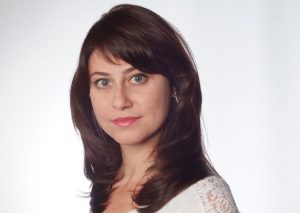
Dr. Jagoda Wierzejska
a historian of contemporary literature and culture, an adjunct professor in the Department of Literature of the 20th and 21st century at the Faculty of Polish Studies, University of Warsaw (Poland). In 2011 she defended her PhD and won the Prize of the Archives of Polish Emigration for the best PhD dissertation on the emigration topic. A member of the editorial board of the journal “Przegląd Humanistyczny” (“The Humanistic Review”).The author of the book Retoryczna interpretacja autobiograficzna. Na przykładzie pisarstwa Andrzeja Bobkowskiego, Zygmunta Haupta i Leo Lipskiego (Rhetorical interpretation of the autobiography. The cases of writing of Andrzej Bobkowski, Zygmunt Haupt and Leo Lipski) (2012). The co-author of the international project Galician Polyphony. Places and Voices (2014-2015). A fellow of the Center for Urbran History of East Central Europe (2015/2016).
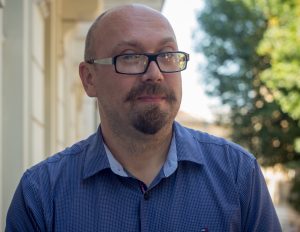
Bohdan Shumylovych
is a historian, coordinator of the Urban Media Archive at the Center for Urban History. He presents lectures, engages in the design of theme based exhibitions at the Center, researches popular culture of late socialism. Major focus of her work is media history and the history of television in East Central Europe and the USSR. He is interested in media art, visual studies, urban space practices, and urban creativity (creative city and creativity in the city).
Credits
Image Gallery by Iryna Sereda
